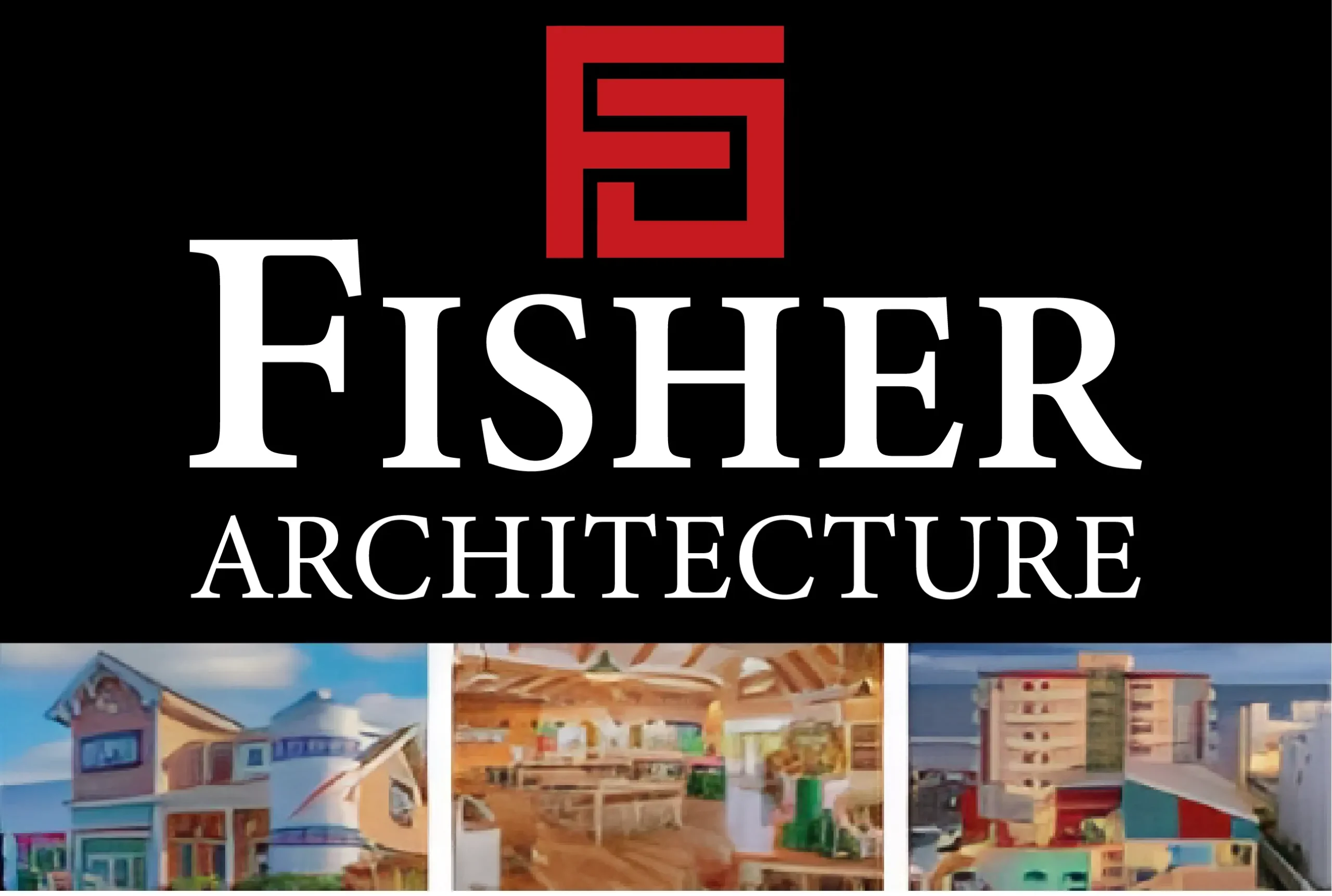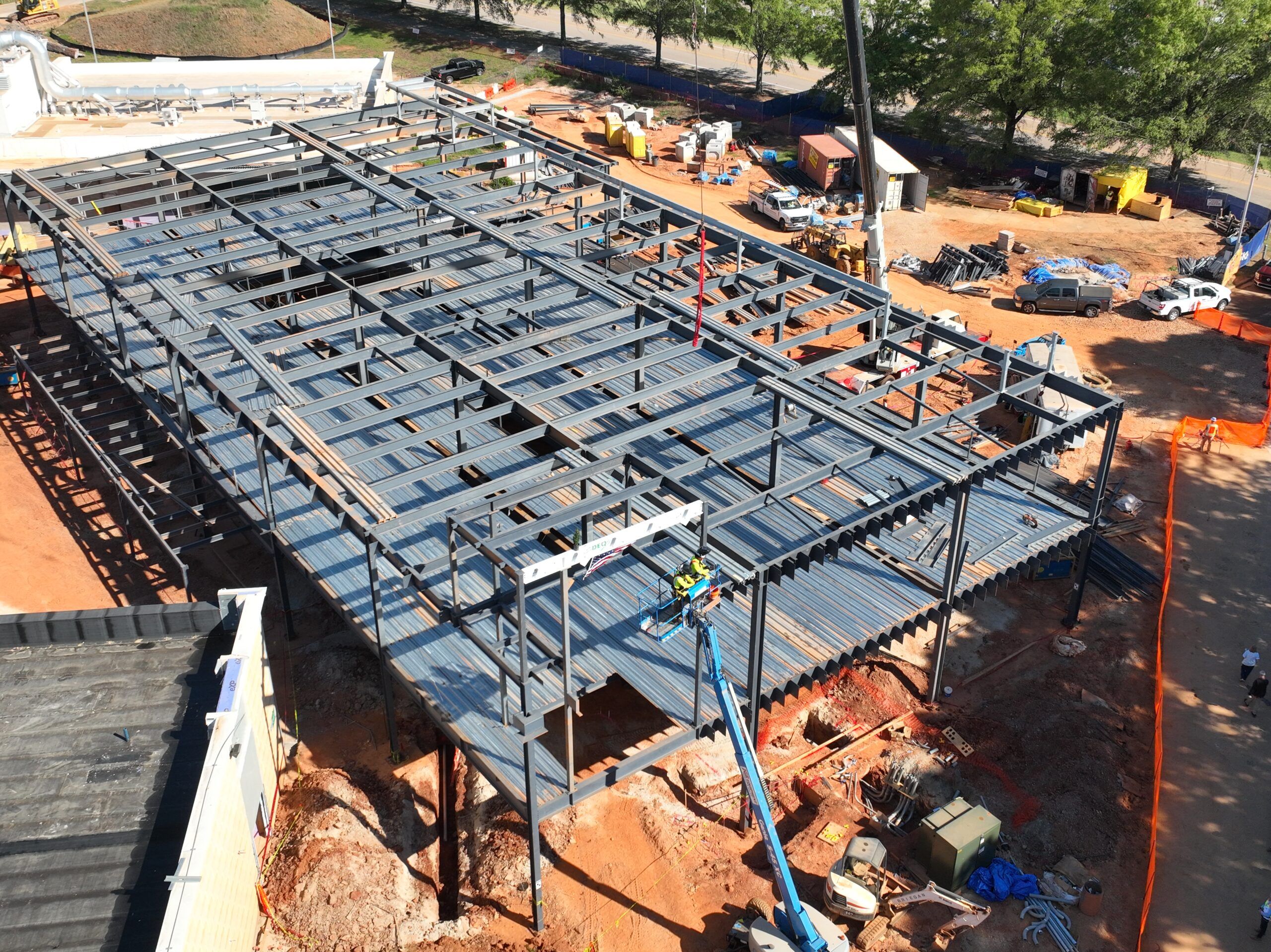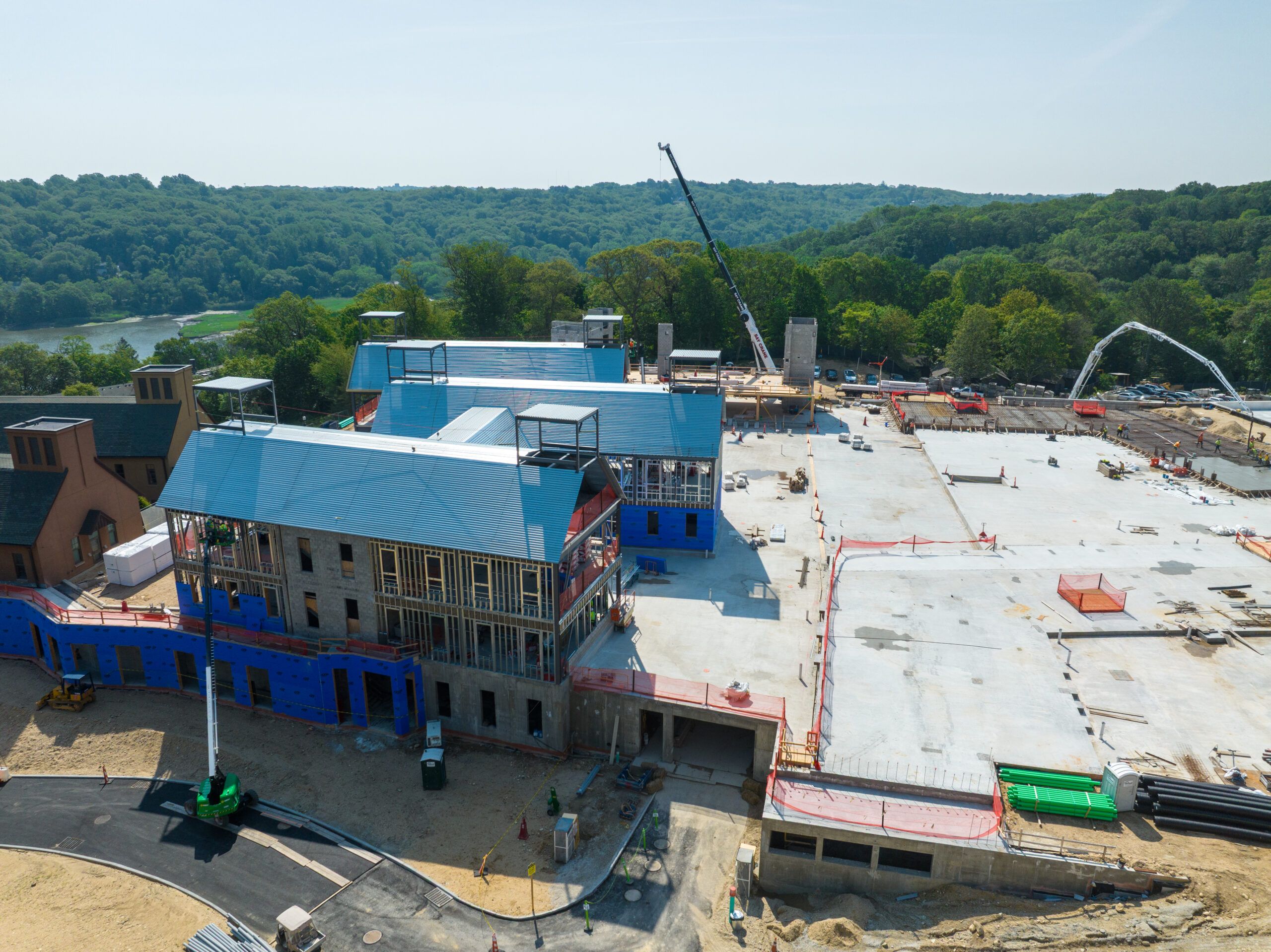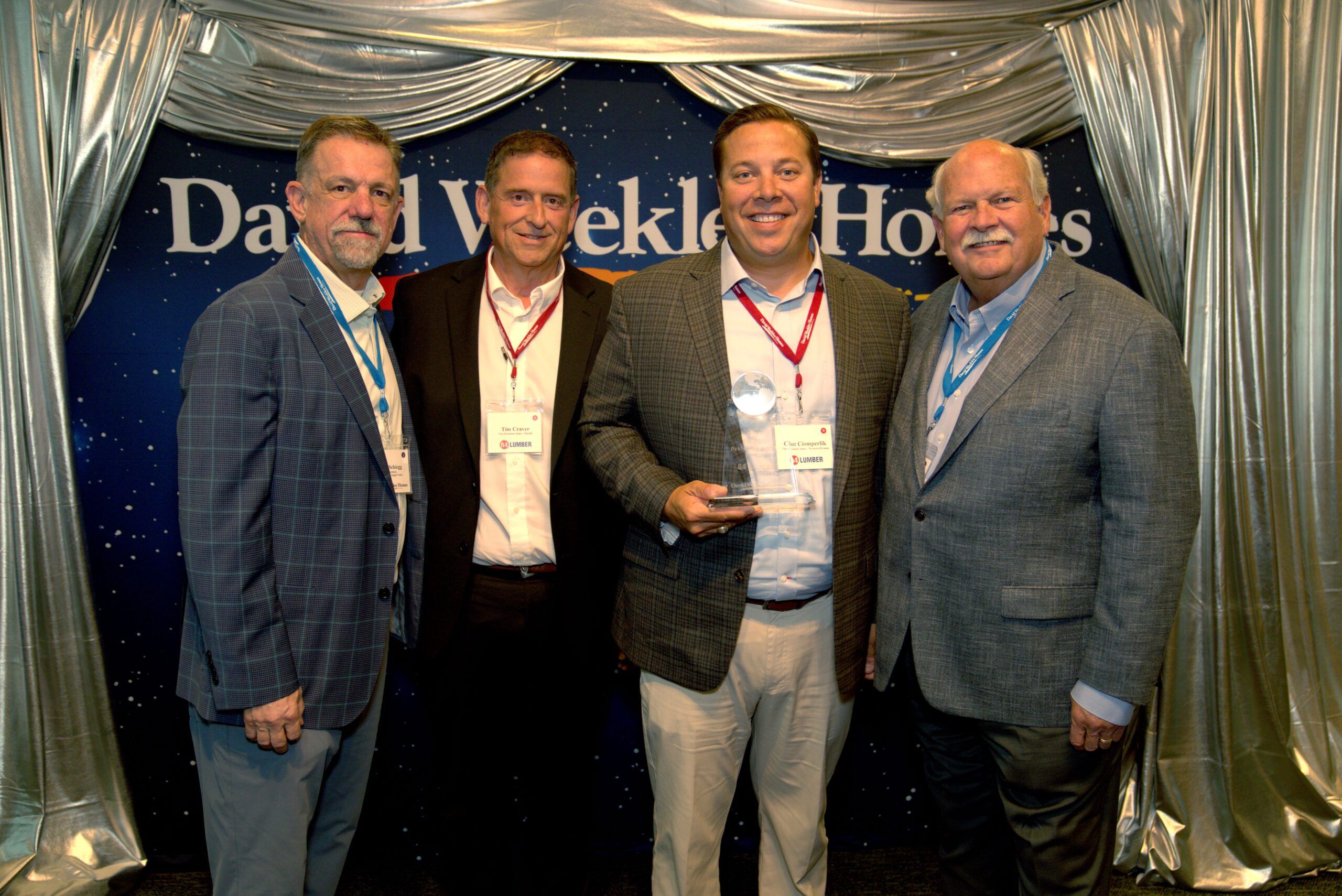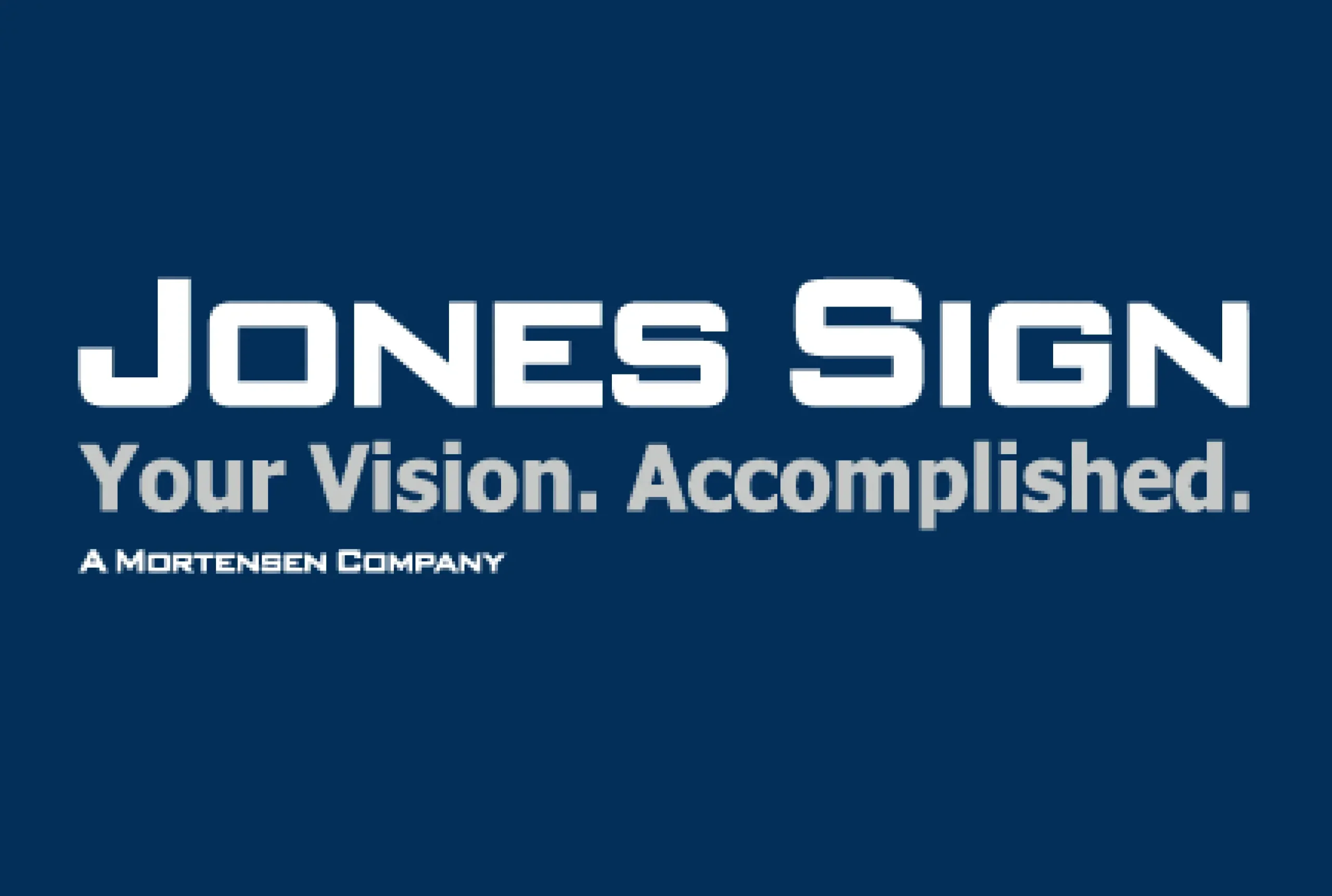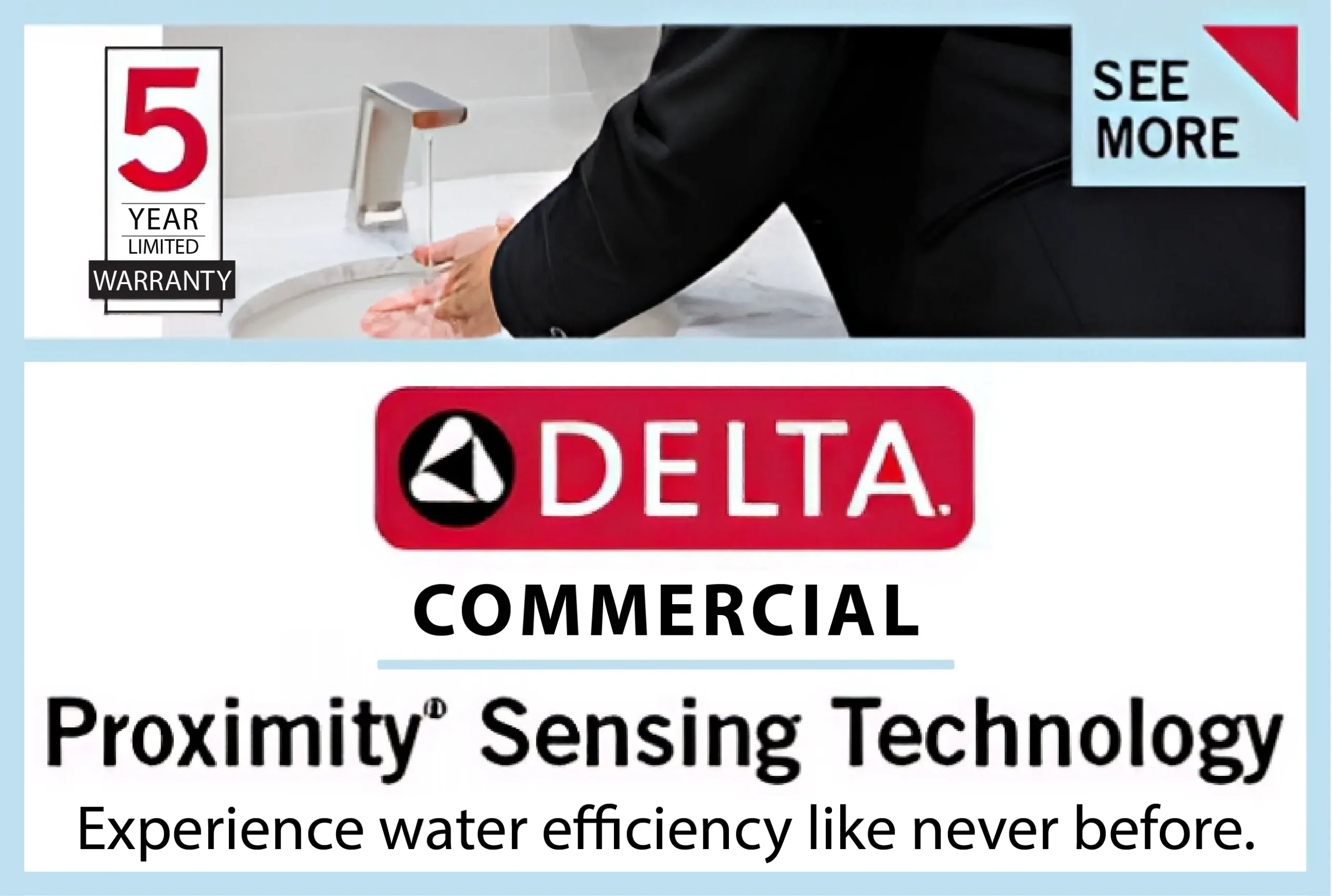Commercial property owners constantly seek ways to lower operating costs and reduce energy waste, and spray foam insulation plays a part in many conversations, even when the phrasing feels awkward. Advances in insulation materials and techniques are becoming pivotal in achieving higher thermal performance, lowering heating and cooling demands, and enhancing occupant comfort. By tracing how cutting-edge solutions integrate with traditional systems, owners and managers can make better informed decisions. In this post, we explore the newest developments in insulation technology and how experts like Lx5 Insulators of Tulsa—whose location can be found via Google Maps—enable energy-smart commercial upgrades.
New Insulation Materials and Technologies
The insulation materials market is widening beyond the traditional fiberglass and mineral wool, and models that have better thermal resistance and a lesser environmental impact are being developed. An example of such is closed-cell spray foam, which can provide high R-values and air-sealing capabilities that reduce the transfer of heat and better stabilize the interior temperatures. Newer vacuum insulation panels and bio-based foams are also turning heads, as they have improved performance criteria and a smaller ecological footprint.
These are not merely theoretical advances; sophisticated products such as phenolic foam boards and nano-aerogel blankets have already been adopted early by people in sensitive areas of buildings, such as server rooms or laboratories. The outstanding R-value per inch also means that architects and engineers can save energy with slimmer assemblies, which is a massive boon in retrofit applications where wall space is at a premium. Manufacturers are constantly enhancing these formulations in an attempt to increase the moisture tolerance, fire resistance, and long-lasting nature of high-performance insulators.
Besides the materials themselves, there is an increasing number of smart deployment methods. Thermal cameras and infrared scanning help the installers to know where to focus first in areas that have thermal bridging or low coverage. Such a deliberate approach implies that innovations would be implemented in the areas that would contribute to the most significant impact, which would allow commercial facilities to optimize their budgets and performance in a single stroke.
Retrofit of Existing Commercial Buildings Strategies
Existing commercial buildings are unique in the aspect of retrofitting to increase energy efficiency through insulation. The older buildings have uneven or worn-out insulation, particularly in the attics or outside walls. Such methods as dense-pack cellulose or closed-cell spray foam allow the installers to fill these openings without needing to disturb the daily operations, thus enhancing tightness and thermal resistance without the need to do much interior demolition.
Due to the complexity of substrates and legacy materials associated with built structures, installers have to be meticulous about the choice of strategies. Other teams like Lx5 Insulators of Tulsa (you can see their location on Google Maps) evaluate onsite conditions to decide whether blown-in insulation, foam injection, or installation of rigid board panels might be the best option. It is a bespoke solution, which has the effect of not only placing thermal improvements, but also embedding them successfully throughout the building envelope.
System compatibility also determines the success of retrofit projects. New insulation should be coordinated with HVAC systems, vapor barriers, and interior finishes to prevent moisture or pressure imbalances. Now, insulation professionals work hand in hand with mechanical engineers to ensure that maintenance is not done without considering the potential for increased humidity or condensation problems in the future. With retrofit as a whole house improvement, as opposed to a one-off solution, energy savings will be sustainable over time.
Environmental and Economic Returns of Innovative Insulation
The benefits of investing in high-tech insulation solutions are strong in terms of finances and environmental factors. Limited energy use is a direct reduction in operating costs, and utility savings commonly fund projects over the years. When it is coupled with utility rebates, tax credits, or green building incentives, the economic appeal is even stronger to the commercial stakeholder interested in making wise capital decisions.
Outside the bottom line, enhancing the insulation profile of a building helps in decreasing the carbon footprint. Retrofitting to greater thermal levels decreases the HVAC load, resulting in lower greenhouse gas emissions, primarily in areas where electric power is supplied through fossil fuels. A larger number of businesses today incorporate these carbon savings into their environmental reporting, and insulation improvements offer easily quantifiable data to back up sustainability programs and ESG (Environmental, Social, and Governance) results.
In addition, improved occupant comfort and indoor air quality are secondary and challenging to measure, but very valuable benefits. More insulated buildings have more consistent temperatures, which will eliminate cool and cold spots or drafts that may impede employee concentration and efficiency. Occupants and tenants, in turn, relate such improvements to improved building performance as a whole, which aids in retention and in negotiation of lease renewals.
Conclusion
Innovation in insulation has far outpaced the conventional insulation materials, and commercial facility managers now have an effective tool to reduce energy consumption, enhance the comfort of occupants and enhance sustainability. New products, such as vacuum panels and bio-based foams, and emerging data-driven approaches to installation mean that any retrofit or new build project can achieve long-term performance advantages. Collaborating with experienced partners such as Lx5 Insulators of Tulsa, which can be found easily through Google Maps, guarantees that such innovations will be used where they will make a significant difference.


